People with cystic fibrosis (CF) have stickier mucus that can get stuck in the airways which then clogs the airways. Mucus that stays in the lungs can trap germs such as bacteria leading to lung infections, make you cough, make it harder for you to breathe and decrease your energy level. By performing different airway clearance techniques (ACTs) you can move the mucus in your lungs so that it can be coughed out.
ACTs are physiotherapy breathing exercises used to keep your lungs healthy and help you to breathe easier. Breathing exercises are used to loosen thick sticky mucus in the small airways of your lungs and collect it into the bigger airways where you can huff and cough out the mucus. Most people with CF perform their physiotherapy breathing exercises every day, two to three times per day to keep their lungs healthy. This is much like brushing your teeth twice a day to keep your teeth healthy.
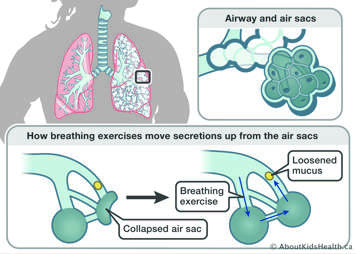
PEP (positive expiratory pressure)
Download a PDF to help you perform PEP.
PEP works by creating positive pressure in the airways and promotes airflow into the air sacs that might be closed off because of mucus. The device allows air to flow freely when you are breathing in but creates resistance when breathing out helping to loosen the mucus so that it can move out of the lungs. Combined with huffing and coughing it can move the mucus out of the lungs.
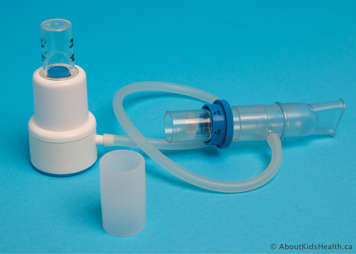
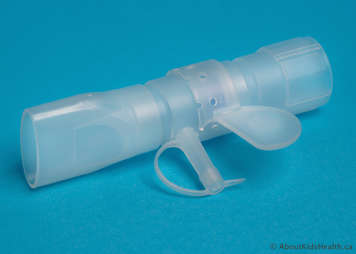
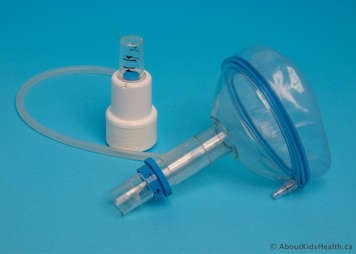
Watch this video of someone performing PEP with a mouthpiece. Notice they inhale slowly using their belly (diaphragm) and breathe out actively for 3 to 4 seconds holding the pressure at the desired level. The huff is important to keep the back of the throat open and gather up as much mucus as possible before doing a cough. Remember to growl up your secretions after your cough to help you spit them out.
OPEP (oscillating positive expiratory pressure)
Download a PDF to help you perform oscillating PEP.
Oscillating PEP is similar to PEP so it helps push mucus up the airways though also creates vibrations when you are breathing out. A breath hold is used to promote airflow between the air sacs. The vibrations help to shake up the mucus in the lungs and move the mucus up. People mention they can feel the vibrations in their throat and chest area as they breathe out.
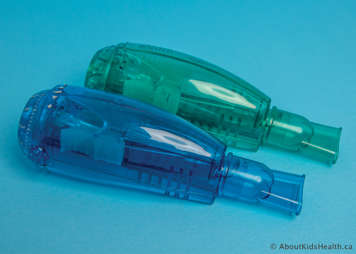
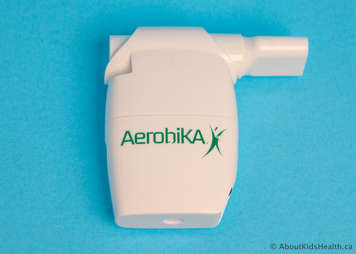
Watch this video of someone performing OPEP. Notice they inhale slowly using their belly (diaphragm) and hold it for 3 to 4 seconds before breathing out. The huff is important to keep the back of the throat open and gather up as much mucus as possible before doing a cough. Remember to growl up your secretions after your cough to help you spit them out.
Active cycle of breathing technique (ACBT)
Download a PDF to help you perform ACBT.
ACBT is another type of breathing exercise though it does not use a device. It consists of:
- breathing control using diaphragmatic breathing (belly breathing) to help relax the airways
- chest expansion exercises with deep breathing and breath holds to loosen the mucus
- huffing to move the mucus up the bigger airways and out of the lungs
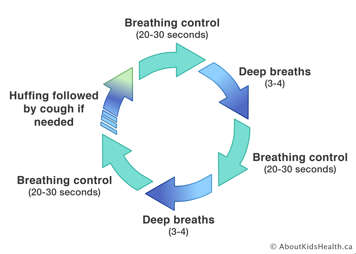
Alternating through these steps helps to push air behind trapped mucus and move it up through changes in airflow. ACBT is portable and flexible which means you can use this type of physiotherapy breathing exercise in many settings and not have to worry about cleaning devices.
Watch this video of someone performing ACBT.
Modified postural drainage and percussion and/or expiratory vibrations
Modified postural drainage is a physiotherapy technique that uses gravity to drain mucus from different parts of the lungs. Percussion and/or expiratory vibrations are performed to break up the mucus and move it from the small airways to the big airways so it can be coughed out.
Modified postural drainage is performed by placing yourself in different positions, based on the location of the different segments of the lungs. This positioning helps with the drainage of the airways.

When you are in the correct position you will perform 3 to 5 minutes of percussions (clapping) to the indicated segments of the lungs directly over the ribcage. Percussions can be done using a tented hand such that the hand is cupped with the palm facing downwards. The cupped hand provides a cushion of air to soften the clapping. Percussion is done firmly with a steady beat and should make a hollow sound. Percussions should not be painful.
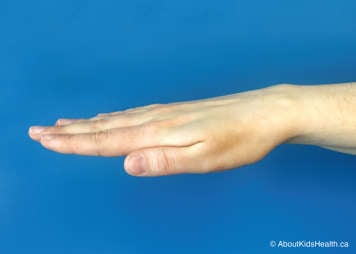
If you have parent or caregiver with you, they may then perform expiratory vibrations over the same area(s). Expiratory vibrations gently shake the mucus while you are breathing out, to move the mucus into the larger airways by mimicking the motion of the cilia in the airways. A firm flattened hand is placed on the chest wall of the area of the lung that is being treated, and a shaking motion over the chest wall is performed while you are breathing out slowly and comfortably.
Percussions and expiratory vibration should be performed before eating or 30 minutes after.
With some positions, you will be able to perform the percussions and expiratory vibrations on yourself. With other positions, such as those on your back, you will need someone else to do it for you.
Autogenic drainage
Autogenic drainage is another form of breathing exercise. You use different levels of breathing and make changes to your breathing to help unstick, collect and clear out mucus in your lungs.
Diaphragmatic breathing with pursed lip breathing
Download a PDF to help you perform diaphragmatic breathing.
Download a PDF to help you perform lateral costal breathing.
Diaphragmatic breathing (belly breathing) uses the diaphragm (main breathing muscle located below the ribs) to breathe deeply and promote an efficient breathing pattern. You can place your hand over your stomach to cue the diaphragm. When you breathe in, your stomach should move your hand out. When you breathe out, your stomach should move your hand in. Breathing out through pursed lips (lips shaped in an “o”) will help to slow down your breathing. It also helps with breathing control and relaxation.
Huffing and coughing
Download a PDF to help you perform huffing and coughing.
Huffing is an important aspect of airway clearance in which airflow changes are used to gather up mucus in the bigger airways of the lungs in preparation for a cough to clear mucus. It is performed with all types of ACTs. It can also be used with exercise or physical activity to help you clear and cough up mucus.
To perform huffing, keep your mouth open and breathe out quickly. Imagine that you are fogging up a mirror.
If any of these airway clearance techniques make you feel unwell or cause chest pain, stop doing them and speak to your CF health-care providers. If these exercises make you cough, that is expected.






